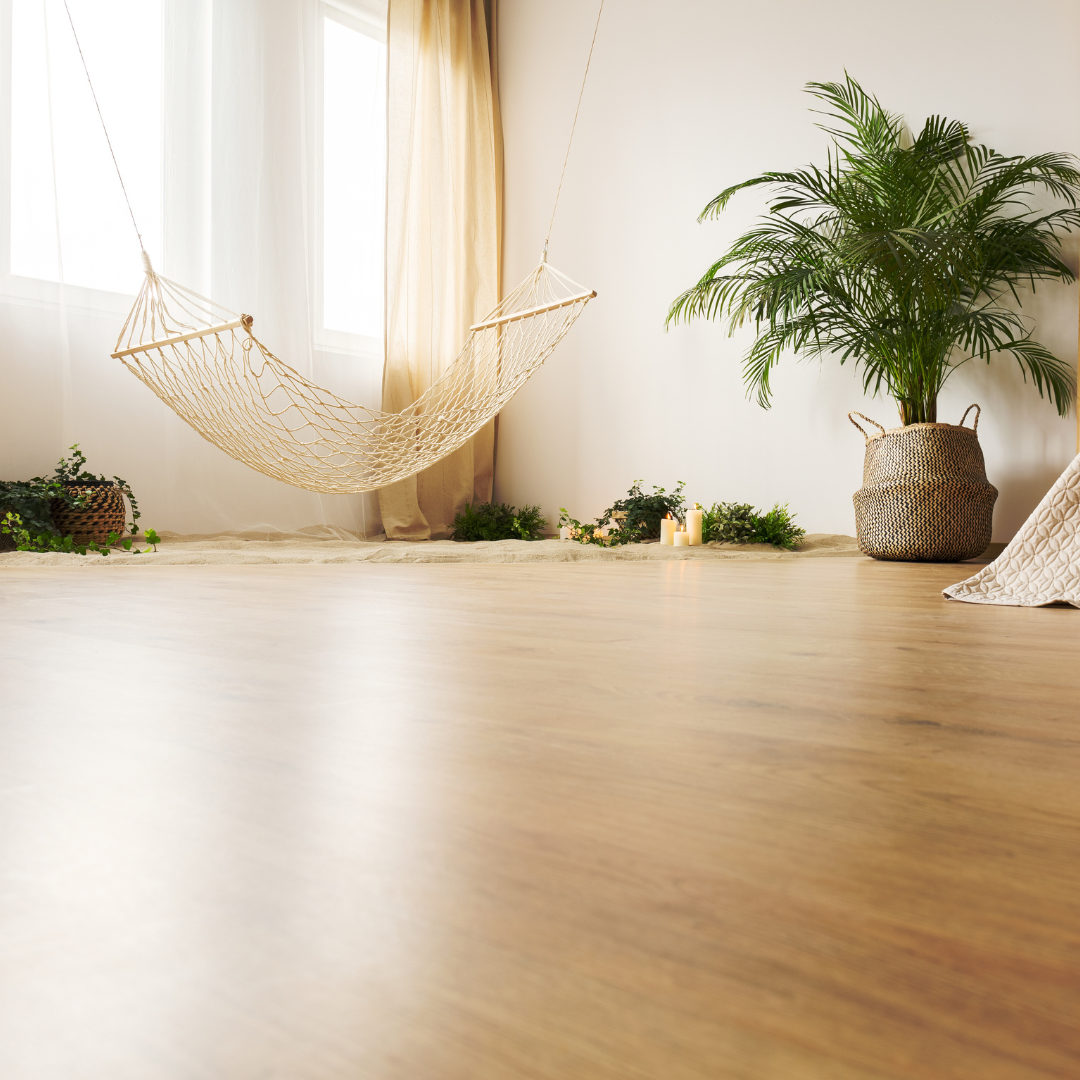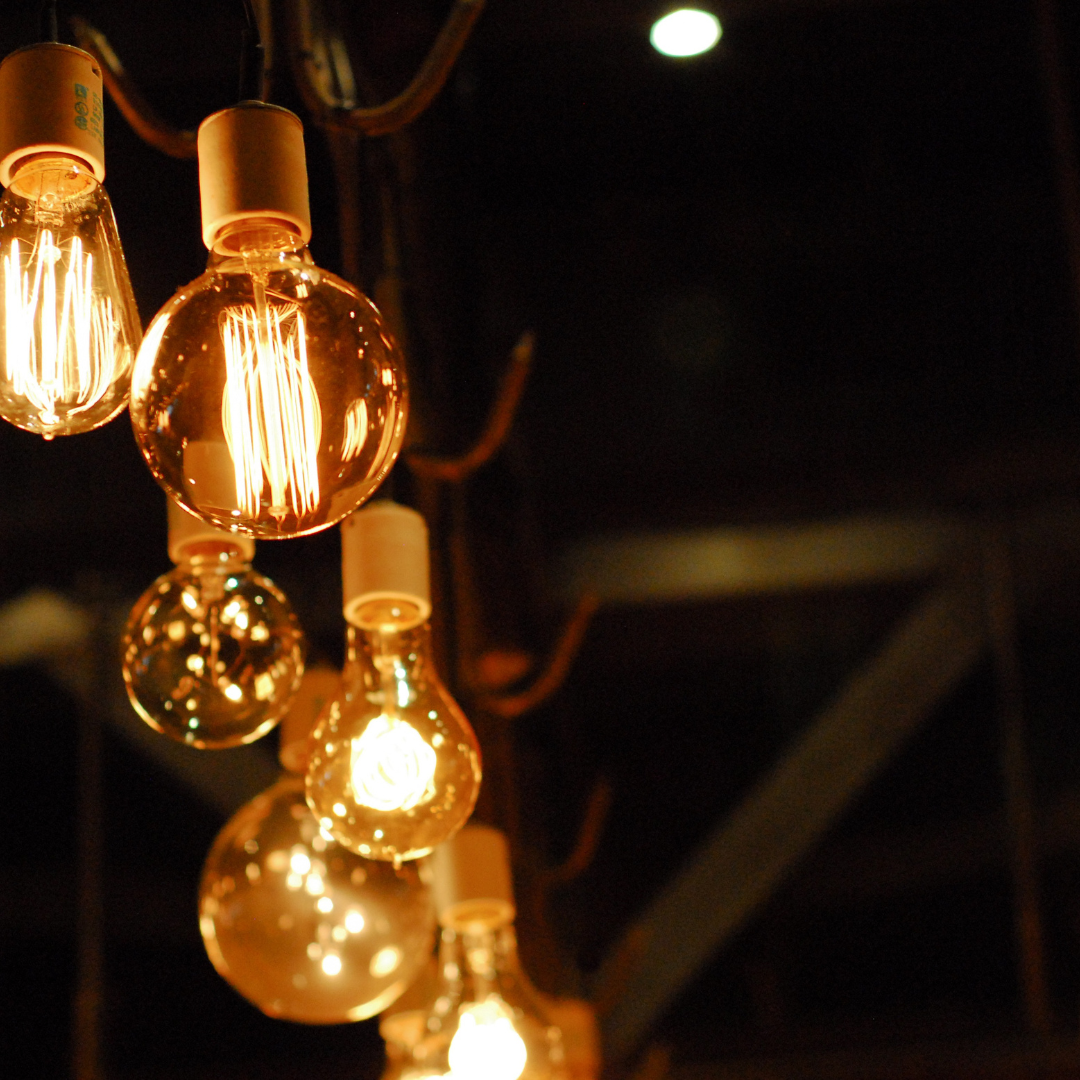When it comes to choosing the right hardwood floor for your home, there are a few factors worth considering. These include
- the cost of materials,
- means of installation,
- the type of finish you prefer, and
- the general ease of maintaining the hardwood.
Read on to find out more information about different types of hardwood floors.
What are the different types of hardwood flooring?

The main types of hardwood floors include parquet, solid and engineered hardwood flooring.
Solid hardwood floors include;
- Oak
- Maple
- Cherry flooring
- Mahogany and
- Bamboo flooring.
If you are interested in more premium hardwood options, there are exotic species like mesquite, jarrah, and teak.
Solid Hardwood Flooring
Oak

Source -
Oak is a dense and durable hardwood compared to other hardwood floor types. It does not shrink or expand much as a result of moisture, and is widely considered a stable type of floor.
There are two species of oak flooring available; red oak and white oak which have a few technical differences. As a result, you can find oak flooring that ranges from light beige to dark brown.
Oak flooring is easier to stain compared to other hardwoods. This means you have plenty of color options when staining and you can tailor the color to match your general decor.
Maple

Source -
Maple is also a dense and hard variety of hardwood flooring. It tends to be more affordable than cherry because it is easier to grow and source. The fine grain and light color hue of ash means it is unlikely to go out of style and can easily match a wide selection of interior designs.
Cherry

Cherry is quite durable and resistant to bumps and scratches. The hardwood floor is less susceptible to water and decay, and it requires minimal acclimation and thus can be installed quickly.
When staining cherry, you will want to consider a stain whose hue complements the hardwood’s naturally pink undertones. Remember that cherry wood darkens over time, so you may want to ensure that it fits with your chosen decor.
Mahogany

Aside from being durable, mahogany features a deep, warm and rustic aesthetics. Mahogany wood planks are cut from quartered logs, meaning that they have a low chance of becoming warped from heat damage.
Because of its dark tone, mahogany hardwood flooring is unlikely to become an eyesore when gathering debris and dust. As long as it is cleaned and maintained properly, mahogany can enhance the elegant appearance of your home for decades.
Bamboo
While it is technically a species of grass, bamboo is considered hardwood flooring because of its hardness which is often compared to maple. Bamboo has become popular with ‘green’ construction initiatives because of its rapid regrowth rate that renders it highly sustainable.
Bamboo flooring is engineered and comes in horizontal, vertical, and woven forms.
Bamboo flooring does not need an additional seal, with maintenance coming in the form of sweeping and regular vacuuming. Cleaning bamboo floors requires occasionally wiping the surface with a damp cloth or a mop.
Bamboo floors are pet friendly because the hard surface can withstand the scratches and scuffs from the nails and claws of pets. The surface is also impervious to stains and can easily be cleaned in the event of accidents. Remember that bamboo floors can absorb moisture and is, therefore, susceptible to damage from excessive humidity. This makes it ill-suited to basements, bathrooms, and laundry rooms. Bamboo floors are also limited to a few tonal shades and may not fit with all décor and accessories.
Engineered wood flooring

Engineered wood flooring is a resilient and versatile flooring option, with each floorboard consisting of three to four layers glued together at right angles to create a plank that is nearly 14mm thick. These floors feature a real wood veneer on the top that is around 4mm.
Engineered wood flooring is ideal for any region of the house where it is not directly exposed to humidity. It is difficult to lay them on stairs and fitting them around tight places like toilet plans makes it hard to attain a good finish.
The prices of this flooring vary widely, ranging from about $25 per square meter to more than $180 per square meter.
Engineered wood flooring has some crucial benefits that make it a good choice for your home. It is more resistant to heat compared to solid hardwood. It also features a construction method that makes it less likely to buckle or develop gaps over time. Engineered wood flooring looks more appealing and attractive than laminate flooring and is cheaper than comparable solid wood planks.
Parquet Flooring

This is a type of wood flooring consisting of small slats of wood arranged in distinct repetitive patterns. Modern offerings come in tile form where the wood slats are bonded to some backing material, and can be installed by nailing, stapling, or gluing the tiles to the subfloor.
Parquet flooring looks and performs similarly to traditional solid hardwood strip flooring. In its unfinished state, the parquet is susceptible to damage and therefore requires finishing to protect its hardwood surface. Unfinished tiles are sanded down, stained, and finished after installation. This means that parquet allows you to choose the type of stain and finishing desired, providing a variety of decorative options.
Factors to consider with hardwood flooring

Hardwood floors are generally temperamental resulting from their reaction to excessive moisture. Solid wood is prone to swelling and warping, making it not an ideal choice for areas that come into contact with humidity or are subject to extreme temperature changes.
Also, when installing hardwood floors, it is important to leave them in the home for a few days before setting them in place. Wood grains can expand or shrink resulting from a room’s temperature and humidity fluctuations, creating a need to acclimate the material beforehand to prevent any warping.
Hardwood floors require some extra care after installation, so ensure you consult your builder or home designer to be duly informed of your choices before settling for a particular type of hardwood flooring.
Conclusion
Hardwood flooring is an attractive and durable choice for the home. While there is an overwhelming array of options to choose from, your desired style, budget, and unique use case scenario will determine the type of hardwood flooring you lay for your home.
Ensure that you consult experienced professionals to get more guidance on what works best in your circumstances and that the installation is done properly to avoid any complex issues with your flooring. These tips will save you some time, money, and effort when trying to implement your vision for the hardwood flooring in your home.






Leave a comment
This site is protected by hCaptcha and the hCaptcha Privacy Policy and Terms of Service apply.